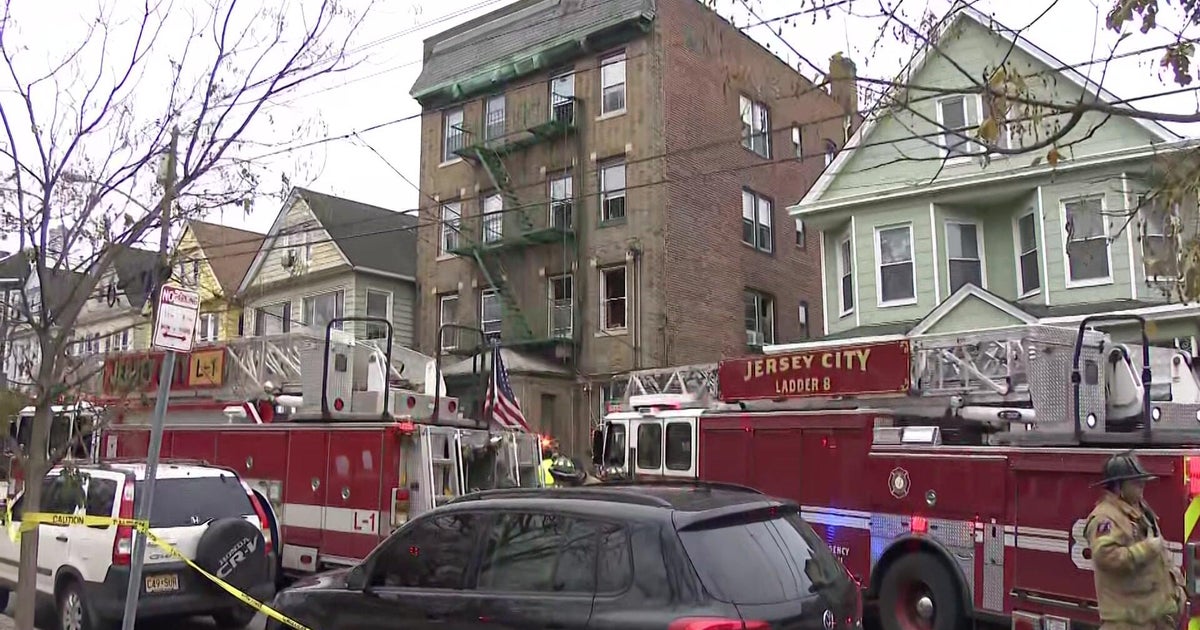Rising sea levels may create "tipping points" for seaside towns
After Superstorm Sandy devastated New Jersey in 2012, singer-songwriter Bruce Springsteen lamented that "the Jersey shore has always been a special place where if you had a few bucks you could own a beach house."
As shoreline communities from the San Francisco Bay to Miami Beach encounter ever higher-reaching tides and chronic flooding, a "few bucks" is probably not enough. In fact, the Union of Concerned Scientists (UCS) has said a trillion dollars may not be enough.
The UCS report deals with the probability that climate change and the melting of the polar ice caps will continue at an alarming rate, creating "tipping points" for seaside communities when financial viability may falter. By the end of the century, 2.5 million homes and businesses near the coasts will be at risk of flooding on a regular basis, which the study defines as 26 times a year or more.
"There are thresholds for properties at risk of chronic flooding from sea level rise beyond which regular life becomes unmanageable and financial loss becomes a better bet than struggling to live with floodwater," the report noted.
While Florida and New Jersey have the most to lose with more than 60,000 homes in each state likely to be swamped, wealthy areas of California such as San Mateo and San Rafael and the south shore of Long Island, New York may also face the coming deluge.
Communities at risk also include lower-income regions, such as parts of Louisiana and Maryland's eastern shore, where elderly people live and many communities lack the resources to rebuild. And New Jersey towns such as Beach Haven, Tuckerton and Ocean City seem especially vulnerable.
Thus far, the UCS said that most of the federal, state and local governments' relief efforts have centered on providing money from the Federal Emergency Management Agency (FEMA) for flooded property owners, as well as bolstering the coastline with barriers to resist high-tides and flooding.
Ironically, many of these efforts may prove counterproductive because they encourage the building of more homes and businesses, which are likely to endure future floods. According to the report, "Federal disaster aid, when not accompanied by explicit incentives to reduce … exposure to risk has led states and municipalities to rebuild in a business-as-usual way."
Current federal laws require homeowners who rebuild after a flood to raise their homes above the current floodplain and harden them against storms. But the report points out that simply protecting your home isn't enough, especially since the flood plain is a moving target.
In any case, roads will still flood, as will sewers, storm drains, public transit and the water supply. Unprotected properties will end up abandoned. As home values drop, so will the tax base, leaving municipalities without the means to rebuild.
"The cliff edge of a real estate deflation … is already visible for many communities if they choose to look," the report said.
This daisy-chain of disaster will only extend outward as taxpayers end up being driven out, banks decline to offer mortgages, insurers only offer property coverage at exorbitant rates and businesses flee. "A vicious cycle begins," according to the UCS.
The climate analysts who wrote the report offered only a glimmer of hope that things might change before the "predictable, slow-moving disaster" becomes even worse. One possibility is a "retreat from the highest-risk places." Another is a rapid decrease in global carbon emissions which could slow the melting of the ice caps, thereby reducing the number of homes at risk by nearly 80 percent over the next 40 years.
"Unfortunately (that's) not the track we are on," the study concluded.








